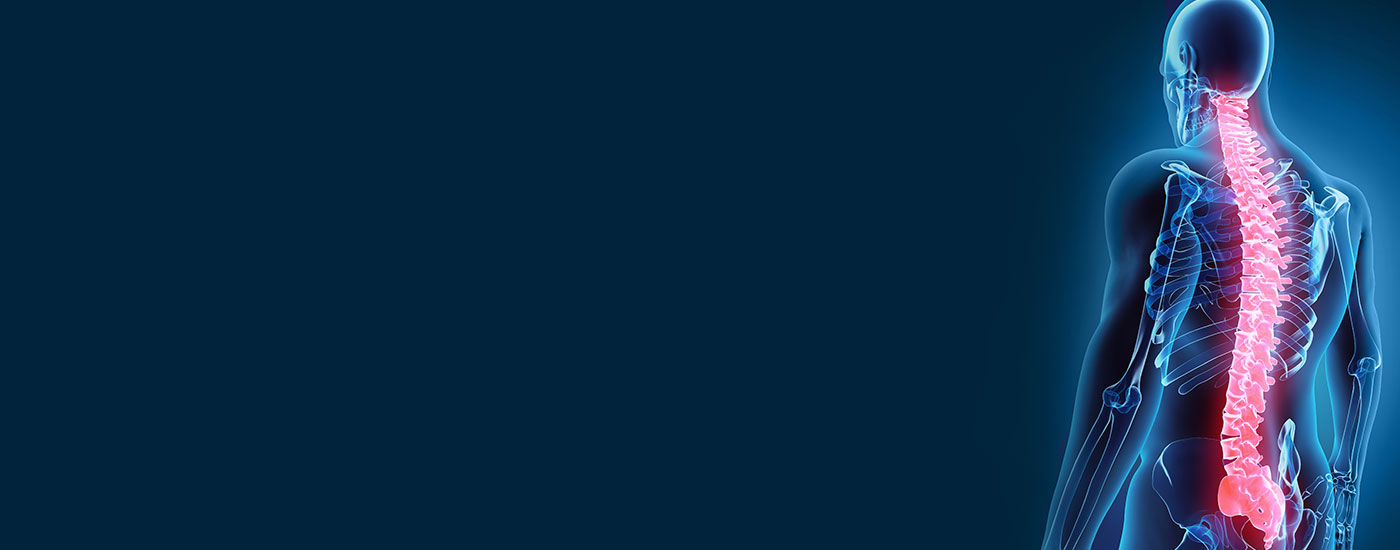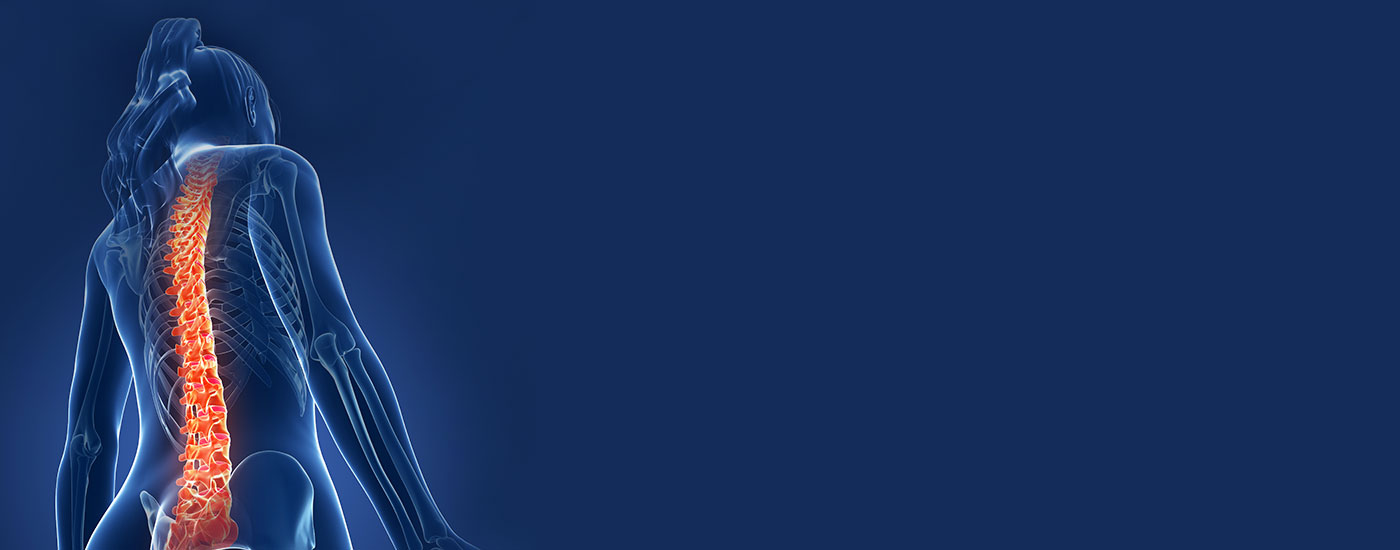

Remember that old Geritol commercial that talked about "iron poor tired blood"? Truthfully, blood doesn't get "tired" but it was a way for the product's maker to illustrate the idea of a deficiency of iron in the blood that caused a variety of symptoms, especially that you often felt tired.
It is similar with "slipped disc", a term you have probably heard before. "Slipped disc" illustrates a condition where the pad of tissue between two spinal bones is shifted out of normal position. I won't get too scientific, but you deserve to know more that just the "TV commercial" version of what happens to a damaged disc. I feel it will help you see how chiropractic is THE method to correct a complex, serious, painful problem.
Discs are important and useful when healthy. The discs allow the spine to support body movement and keep the spinal bones from grinding together as we load a dishwasher or swing a golf club. When the discs are in proper position, they act as shock absorbers, so when we jump down stairs or spend the day standing, the spinal bones don't crunch together. The discs join the spine into a functioning, flexible unit that carries and supports us. The discs also assist the spinal bones to properly protect the delicate spinal cord, the body's critical information network.
Vertebral discs are layered between the stacked spinal bones. The outside sleeves of the discs are made of elastic mesh-like tissue that is actually fused into the adjoining vertebrae, the spinal bones. Inside this elastic webbing is a gel-like hydraulic system that is 88% water and helps react to compression.
Any injury or over stressing of the spinal unit affects the discs. Misalignments of the spinal bones results in decreased function of the discs that react to injury by losing their all-important elasticity. Discs are designed to bounce back after stress but what if the vertebra above the disc kinks upward, hinge-like, and the lower one drops down the other way and they get stock out of place? The squeezed out disc is jut not equipped to handle this kind of distress for long and the effect is damage, less flexibility, and, usually, pain.
The squeezing of the disc to the point that it bulges out past the sides of the vertebrae is what is considered "slipped." "Bulge" is a more accurate term. It better, describes what happens. The surgical view is to cut the part that is bulging out past the normal position. The Agency for Health Care Policy and Research (AHCPR) limits it endorsement of surgery as the answer. We in chiropractic feel a much more conservative approach is the first method to address a bulging disc. The answer is to work to realign locked out, misaligned vertebral bones that are keeping the stress on the discs. Taking the pressure off them allows them to return to normal position and assists in their healing back to their proper shock-absorbing function. For over 100 years, chiropractors have been fixing "slipped" and bulging discs...no matter what you call them, call us. We can help.
